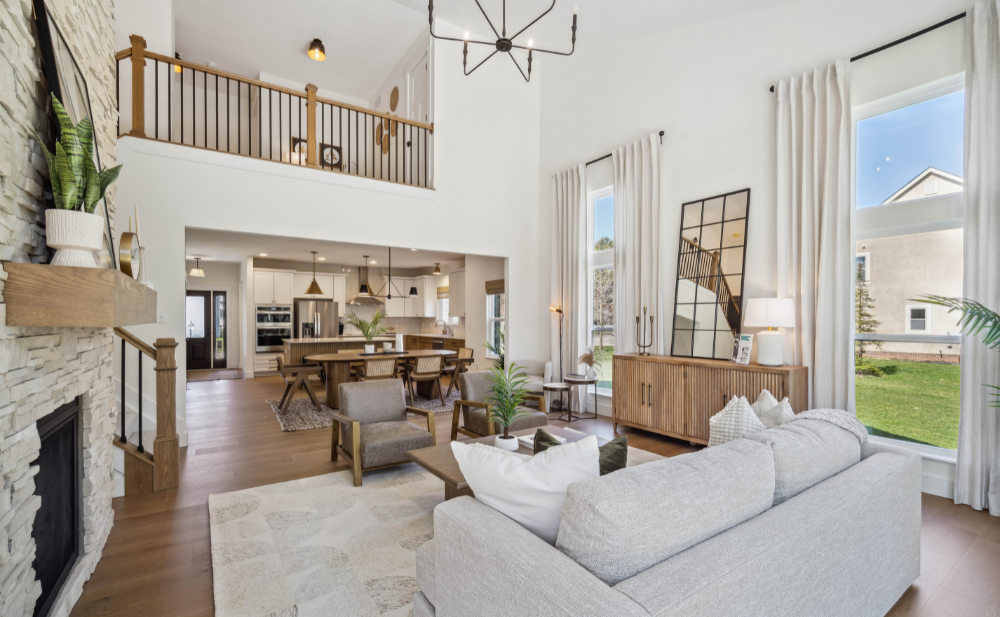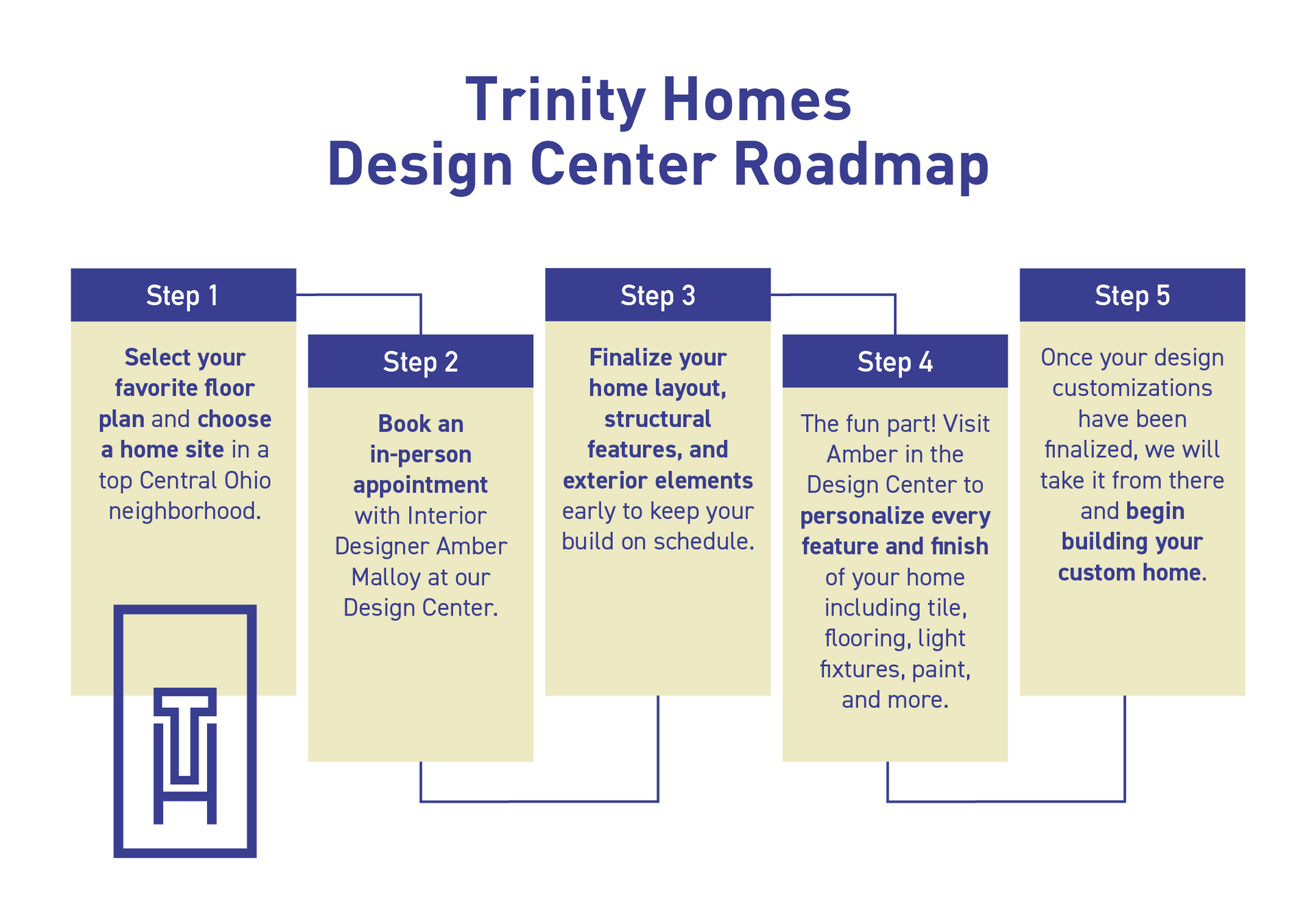Home Builder vs. HOA: Who's Responsible for What?
When building or buying a home in a community with a Homeowners' Association (HOA), it’s easy to get confused about who handles what. While it might seem straightforward at first glance, there are some gray areas where responsibilities overlap, and that’s where most homeowners get stuck.
Here are some key questions you might have when navigating the responsibilities of a builder versus an HOA:
1. Who handles landscaping and outdoor features during construction?
When your home is being built, a builder like Trinity Homes will typically handle things like grading, installing your driveway, and even initial landscaping around the home. However, many HOAs have strict rules about what types of plants or landscaping features you can have—so while the builder installs the basics, you might need to get HOA approval before making changes like adding a fence, deck, or patio.
Tip: Before making any big outdoor decisions, check with the HOA’s design guidelines to avoid costly rework.
2. What about maintaining common areas or roads during construction?
If you’re moving into a new development, you may wonder who’s responsible for maintaining roads, sidewalks, and common areas before the neighborhood is fully built out. In most cases, this is your builder’s responsibility until the HOA officially takes over once a certain number of homes are completed. The transition can be tricky though, so be sure to ask when the HOA will step in.
3. Who enforces neighborhood rules during construction?
Your builder is responsible for following local building codes and adhering to any rules set by the HOA during construction. But once you’ve moved in, the HOA becomes the key enforcer of rules like where to park, what colors you can paint your house, and any changes you want to make to your property. If your builder didn’t follow a certain guideline, the HOA may ask you to correct it—potentially leading to delays.
Example: If your builder installs a mailbox that doesn’t meet HOA standards, you could be on the hook for replacing it.
4. Who deals with drainage and flood concerns?
One of the biggest headaches for homeowners is drainage and water management. At Trinity, we make sure your lot is properly graded, and that water flows away from your home. However, HOAs may have broader responsibilities for your neighborhood’s overall drainage system, especially if there are shared detention ponds or common drainage areas.
If you notice water pooling in your yard or in common areas, you might wonder who to call—builder or HOA? A good rule of thumb: If the issue is on your lot and construction is recent, call your builder. If it’s in a common area or affects multiple homes, the HOA might be your best bet.
5. What if something goes wrong after I move in?
At Trinity, we provide a warranty on the home’s structure and major systems (like plumbing and electrical) for a set period after construction. If you have issues like a roof leak or a faulty water heater, that’s on us—at least until the warranty expires. On the flip side, the HOA manages ongoing maintenance for common areas like pools, sidewalks, and community centers.
Pro Tip: Keep a close eye on your warranty deadlines. Know what’s covered and for how long, so you’re not stuck footing the bill for builder-related repairs after coverage ends.
Bottom Line: While your builder and HOA should certainly work together to create a livable community, their roles diverge once the home is finished. If you're ever unsure about who handles a particular issue, start by reviewing your HOA’s rules and your builder’s contract—and don’t be afraid to ask questions. Getting clarity upfront will save you time, money, and frustration later.















